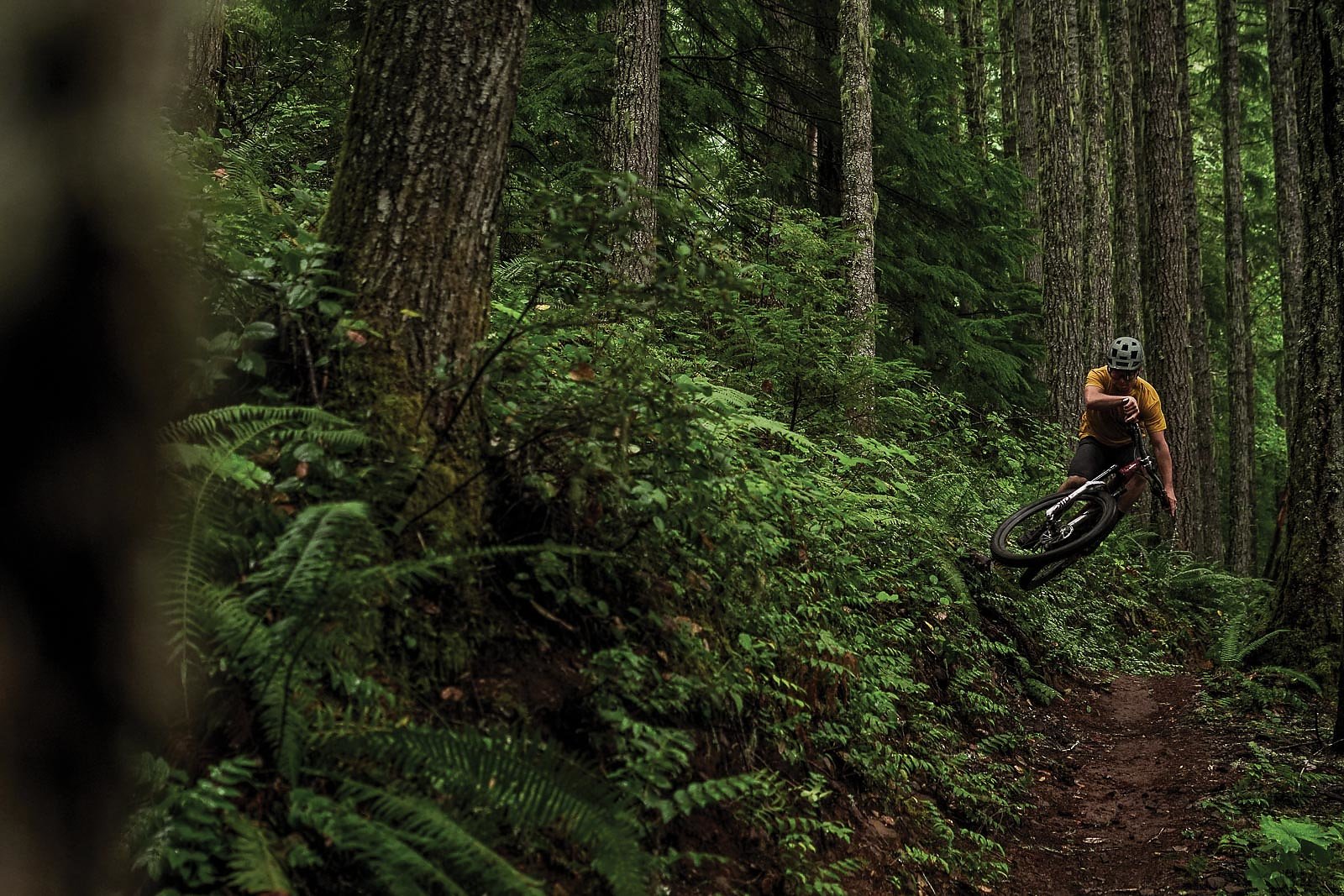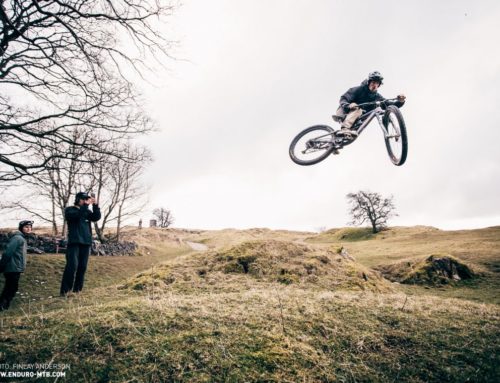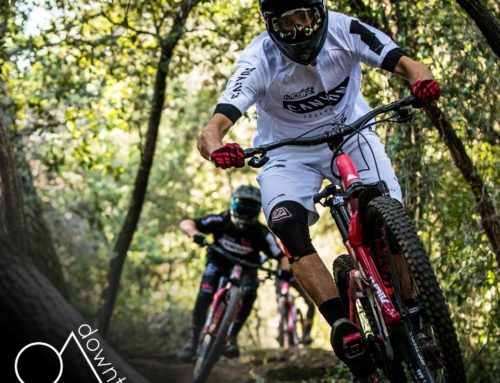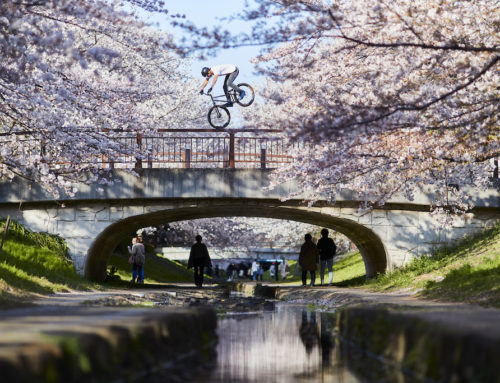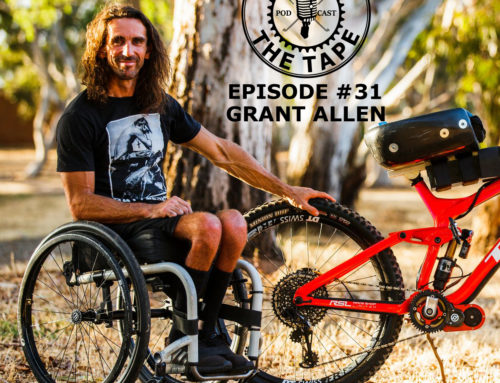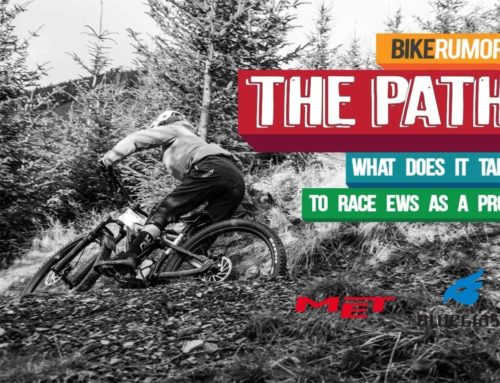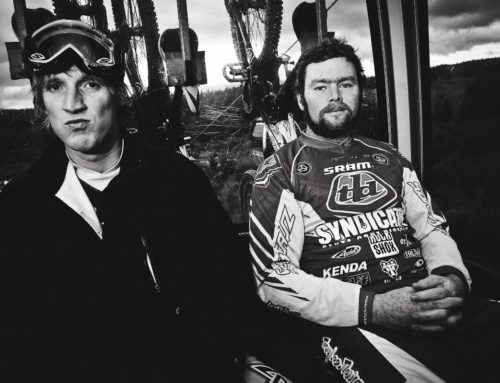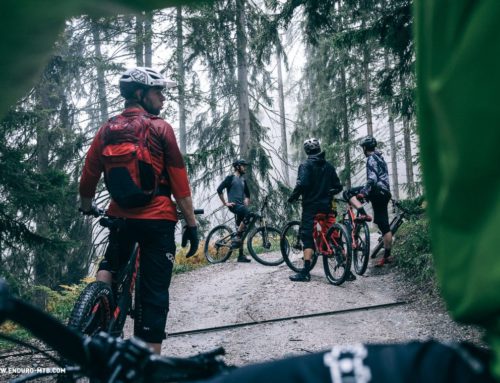We left Squamish, British Columbia at 2 p.m. on a Wednesday in the middle of September.
The day’s only goal was to make it to Portland, Oregon before our favorite pizza joint in town shuttered for the night. Sadly, only a few hours into the drive, our hopes of making it to Scottie’s Pizza in time for a pie were dashed. Apparently, a trip to secondary inspection is required upon entry to the United States for all UK and Finnish nationals. This was something our crew—two British Columbia- based RV-dwellers, a Toronto 9-to-5er, a quirky Finn and an eager Brit—was unaware of. Two hours, three questions and $12 later, we were finally let through.
The original notion for this trip was conceived back in October 2018, just after my co-conspirator Mark Taylor and I had returned home from our third year at the Trans-Cascadia backcountry mountain bike race. The thrill of this unique experience had given us a renewed thirst for riding—a rare feeling late in the season. The resulting withdrawals from Oregon’s sublime singletrack caused us to plan a harebrained, six-day, 365-mile death march, with roughly 43,000 feet of climbing, as we aspired to ride from Oakridge to Hood River. We originally thought by staying in motels we could minimize the amount of essential equipment, keeping bag weights to an absolute minimum and allowing us to travel the ridiculous daily distances more easily. But once it came down to serious planning, we discovered a few problems with our initial concept.
One: We planned to mostly follow the Oregon Timber Trail route, which is designed to be ridden self-supported. As a result, there were two days when we would either have to put in an 85-mile day or sleep in the woods, the latter being very undesirable given the limited amount of gear we were planning to carry.
Two: Even if we met our daily singletrack goals, we still had to navigate to and from our accommodations, which weren’t located near the trailheads. This would tack on an additional 15 to 45 miles of road riding, truly pushing the boundaries of what we were capable of doing.
When it comes to most things, especially riding, I can be optimistically delusional. I am routinely ambitious and minimally prepared, devising schedules with unrealistic to impossible timelines—drive 10 hours, party all night, sleep for four hours, ride 30 miles, then repeat, is not outside the norm. When combined with Taylor’s willful ignorance and stubborn athletic ability, this can make riding with us difficult for those who prefer to have some semblance of control over their destinies.
[continued...]

